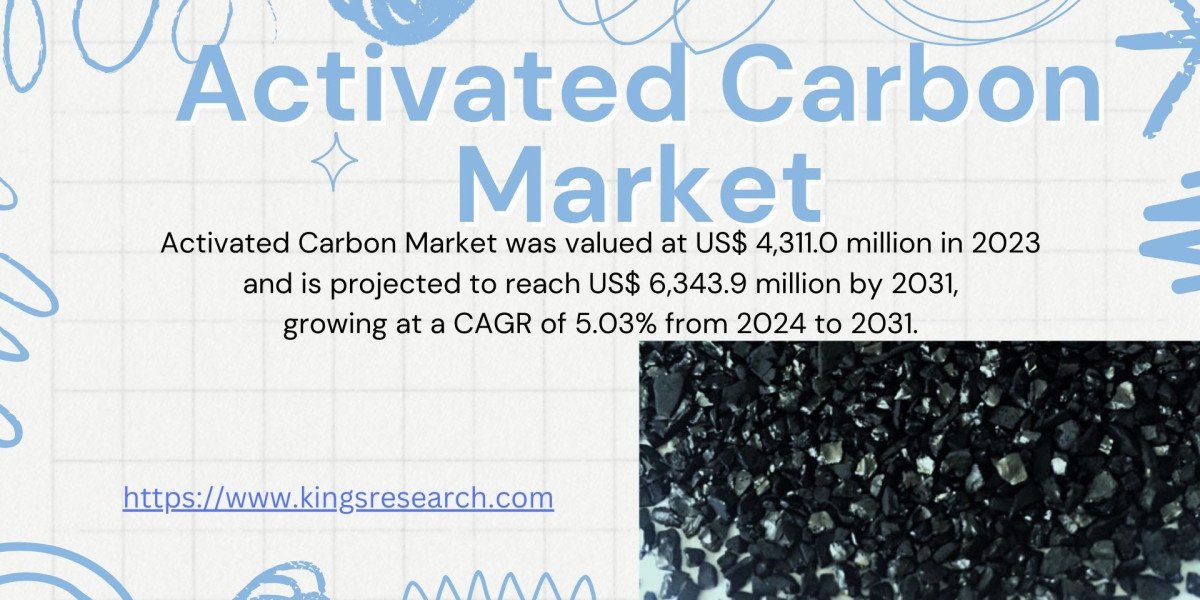Chemical products play a crucial role in the development and advancement of renewable energy technologies. From solar power to wind energy and beyond, chemicals are instrumental in enhancing the efficiency, durability, and performance of renewable energy systems. In this overview, we will explore the importance of chemical products in renewable energy technologies and highlight some key examples.
Photovoltaic (PV) Systems: Chemical products are vital components in photovoltaic systems, which convert sunlight into electricity. For instance, semiconducting materials like silicon are used to manufacture solar cells. Chemical processes, such as doping and passivation, are employed to enhance the electrical properties of these materials. Additionally, anti-reflective coatings, made with chemical compounds like titanium dioxide, improve light absorption and minimize energy loss in PV modules.
Energy Storage: Chemical products are integral to energy storage technologies, allowing for the efficient utilization of renewable energy. Batteries, such as lithium-ion batteries, rely on chemical reactions to store and release electricity. Electrolytes, which are chemical solutions or solids, facilitate the movement of ions within the battery, enabling energy storage and retrieval. Chemical additives and coatings are also used to enhance the performance and lifespan of battery systems.
Wind Turbines: Chemical products are essential for wind turbine construction and maintenance. Adhesive materials, such as epoxy resins, are used to bond and protect turbine components, ensuring structural integrity and longevity. Lubricants and protective coatings are applied to turbine gears and surfaces to minimize friction, reduce wear and tear, and enhance overall efficiency. Furthermore, advanced composite materials, including carbon fibers and resins, provide lightweight and durable components for turbine blades.
Biofuels: Chemical processes and catalysts are utilized in the production of biofuels, which offer a renewable alternative to fossil fuels. Chemical reactions, such as hydrolysis and fermentation, convert biomass feedstocks (e.g., agricultural residues, algae, or dedicated energy crops) into biofuels like ethanol or biodiesel. Catalysts, such as enzymes or transition metals, facilitate these reactions, enhancing conversion rates and product yields.
Hydrogen Production: Chemical products play a significant role in hydrogen production, a clean and versatile energy carrier. Electrolysis, a process that splits water into hydrogen and oxygen, relies on chemical catalysts to facilitate the reaction. Catalysts like platinum or nickel promote efficient water electrolysis, enabling the production of hydrogen for fuel cells or other applications.
Coatings and Materials: Chemical coatings and materials contribute to the efficiency and durability of renewable energy systems. For example, protective coatings are applied to solar panels to enhance resistance to weathering, improve light transmission, and prevent degradation.








